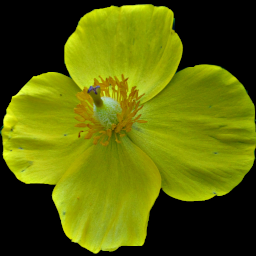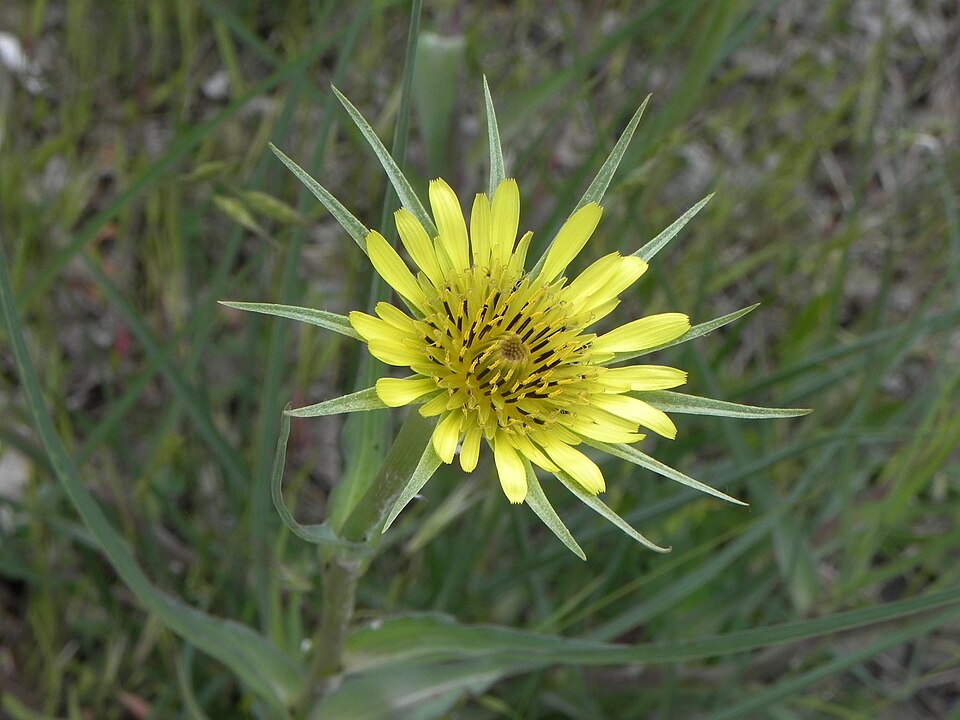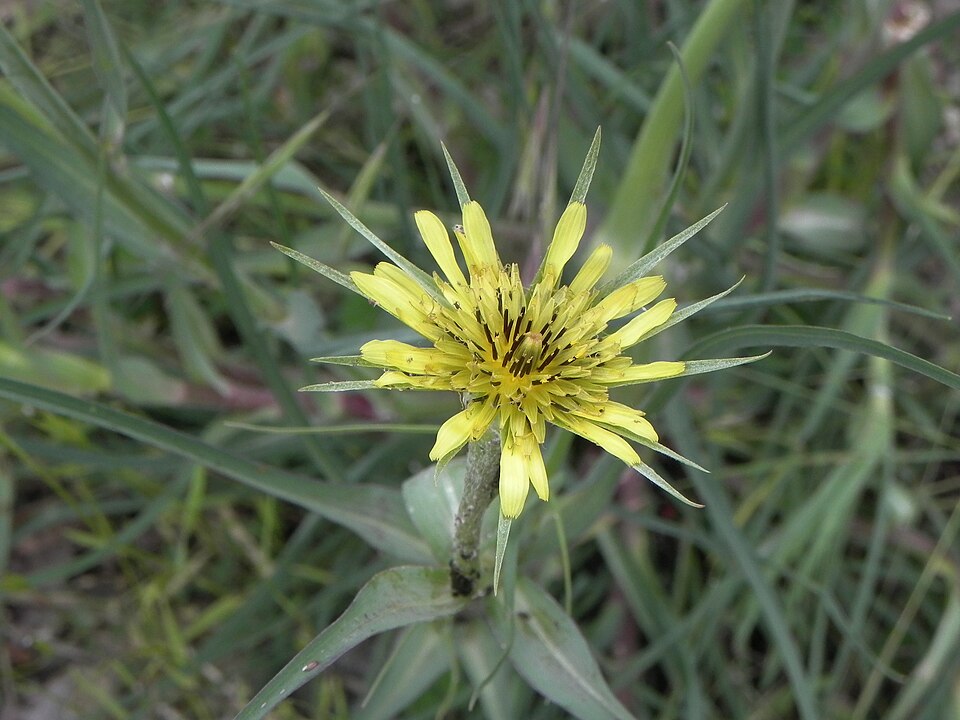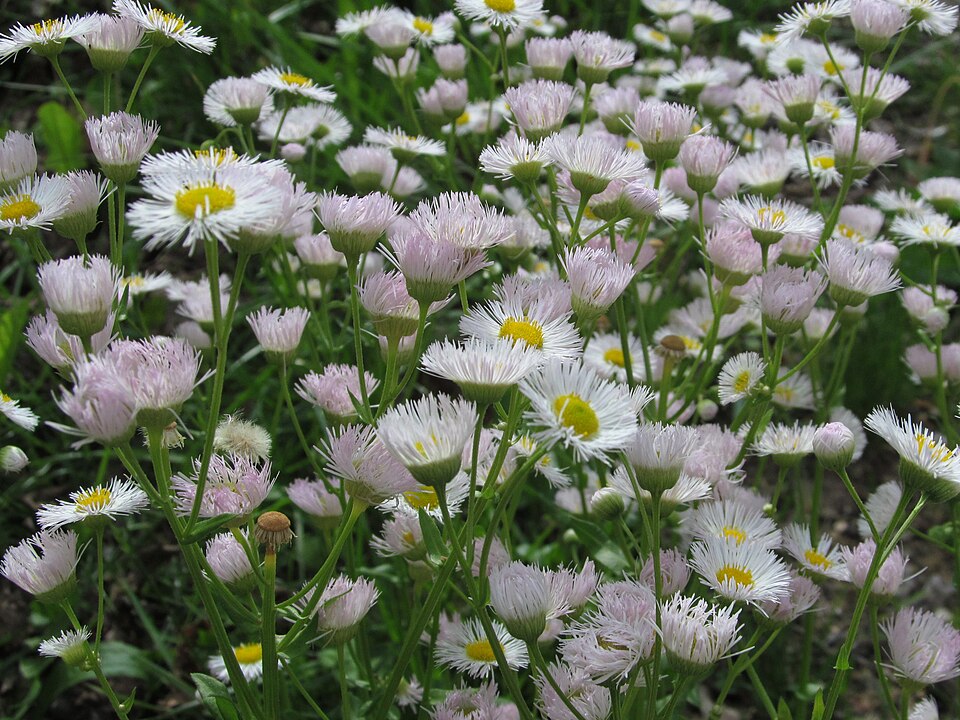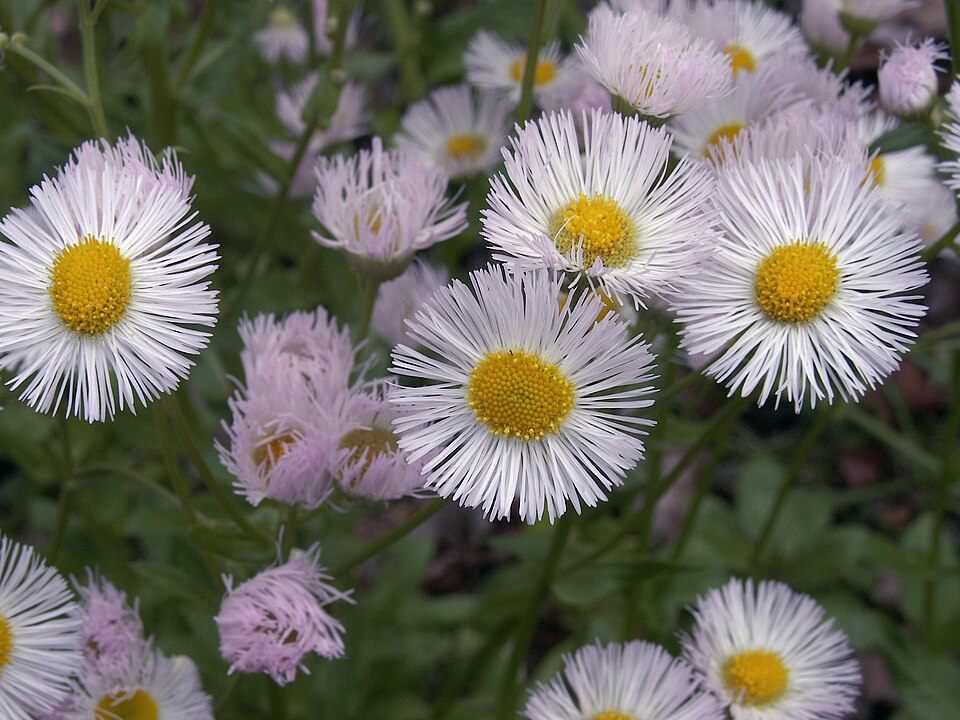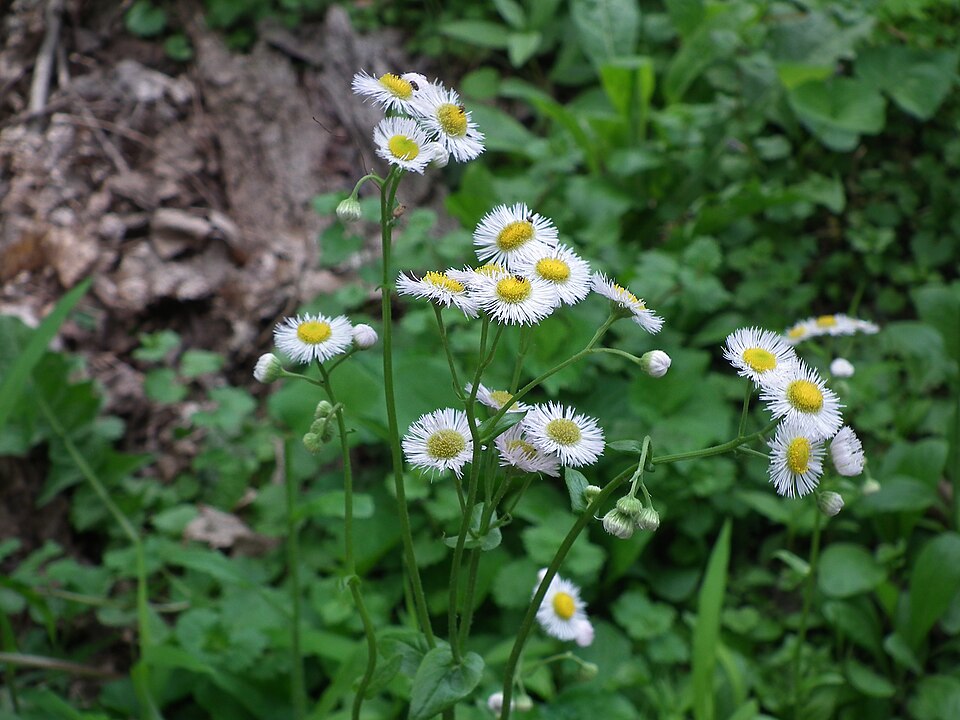
A common weed of lawns; it closely resembles the more spectacular Orange Hawkweed (H. aurantiacum) in everything but color. This one has many common names, some of which it shares with the orange species, including King Devil, Devil’s Paintbrush, Yellow Paintbrush, and Fox-and-Cubs. Many current botanists place both in the genus Pilosella, so that (making the adjective agree in gender) it becomes Pilosella caespitosa; but there are still arguments about that, and old Pa Pitt will stand back and let the professionals sort it out. These plants were blooming in a field near Farmington.

